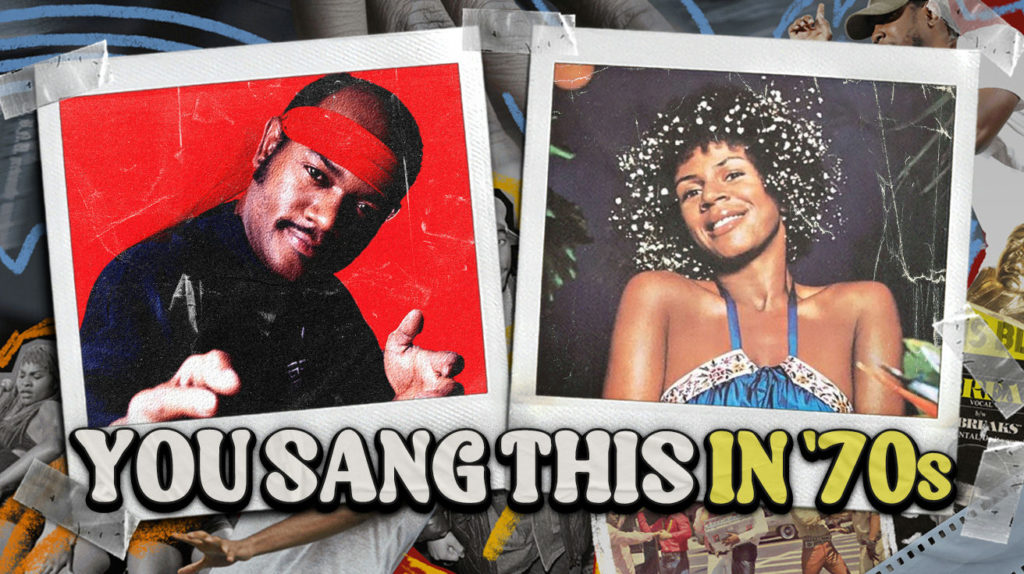
The 1970s birthed a kaleidoscope of musical innovation where disco balls spun alongside protest anthems and glam rock strutted past folk confessionals. Yet for every Fleetwood Mac building empires of sound, dozens of artists captured lightning in a bottle exactly once—creating cultural touchstones before fading into music history’s background radiation. These one-hit wonders aren’t just trivia answers. They’re time capsules containing perfect moments when everything aligned—production, performance, cultural context—creating songs that outlived the careers that spawned them.
20. Loving You – Minnie Riperton (1975)

Minnie Riperton’s “Loving You” floats through speakers like a spring breeze through an open window. Originally a lullaby for daughter Maya (yes, that Maya Rudolph), this gentle melody showcases Riperton’s otherworldly five-octave range, culminating in that signature whistle register that still makes vocal coaches weep with admiration.
The Perfect Angel album, co-produced by Stevie Wonder under the pseudonym “El Toro Negro,” provided the perfect showcase for Riperton’s talents. Listen closely and you’ll catch Riperton whispering her daughter’s name—a tender easter egg. Tragically, breast cancer claimed Riperton at just 31, transforming what might have been one highlight in a legendary career into her defining musical statement.
19. Run Joey Run – David Geddes (1975)
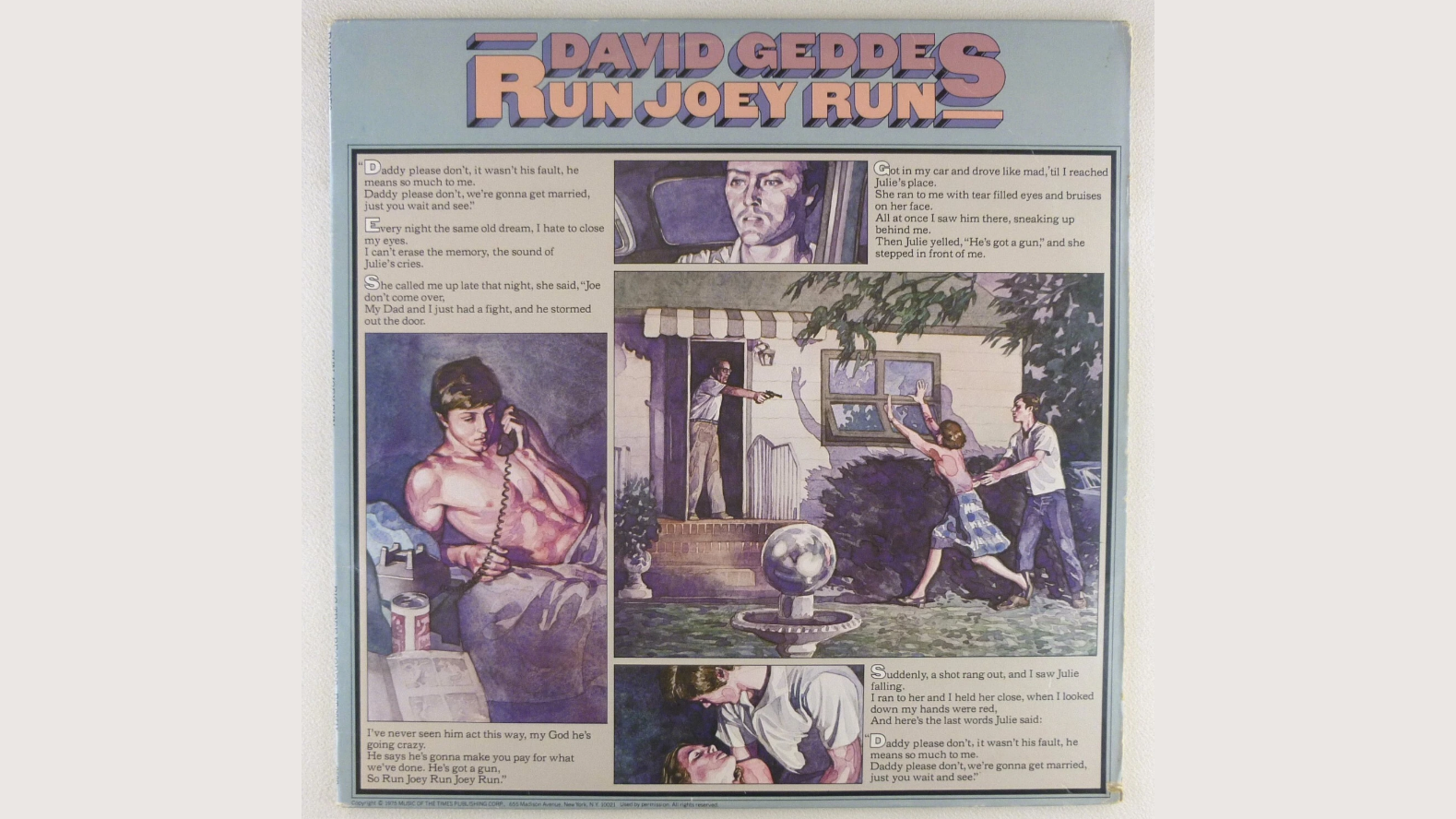
David Geddes delivered three minutes of melodramatic teenage tragedy that climbed to #4. Originally recorded as a demo, producer Paul Vance recognized its potential and released Geddes’ take as-is—a decision that would change the singer’s life forever.
The controversial storyline about teenage pregnancy and accidental death got the song banned from some radio stations, yet its forbidden nature only fueled its popularity. After his brief brush with fame, Geddes made perhaps the most unexpected pivot in one-hit wonder history: he finished college, earned his law degree, and traded studio sessions for legal briefs. Talk about a plot twist worthy of his hit song.
18. Happy Days Theme Song – Pratt and McClain (1976)

In an era before streaming services killed the TV theme song, “Happy Days” became the rare television opener to escape the small screen and conquer radio. Though the show initially used Bill Haley’s “Rock Around the Clock,” producers commissioned this original anthem that perfectly bottled nostalgic Americana.
The recording featured session musicians who would later form Toto, bringing unexpected musical depth to what could have been throwaway television filler. While the show launched careers from Ron Howard to Henry Winkler, Pratt and McClain remained forever tied to this single cultural moment—their musical contribution spending over 15 weeks in the Top 40 while the show itself ran for 11 seasons.
17. Feelings – Morris Albert (1975)
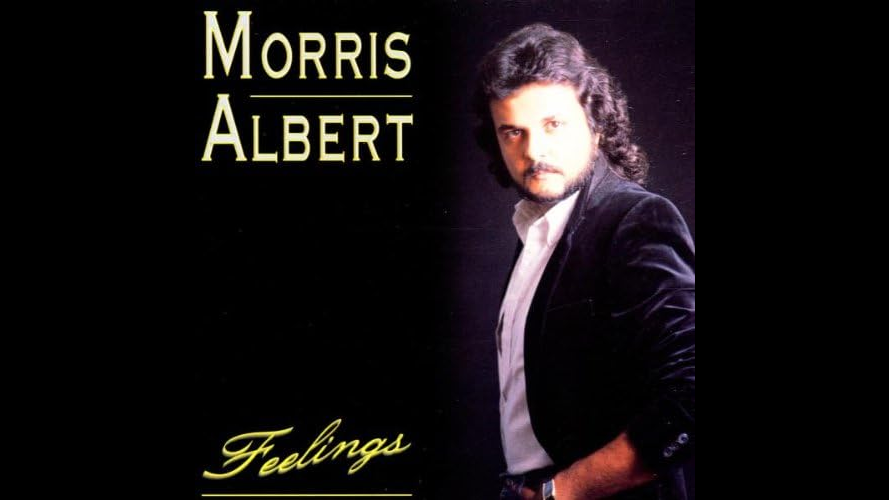
Few songs have been simultaneously so mocked and so successful as Morris Albert’s emotional power ballad. Selling over a million copies and reaching #6, “Feelings” became the soundtrack to countless slow dances and lounge performances—the musical equivalent of velvet wallpaper.
The plot thickened when a judge ruled Albert had plagiarized the melody from Louis Gasté’s 1956 composition “Pour Toi.” The legal battle serves as a reminder that the line between inspiration and imitation has always been blurry in popular music—though somehow it’s always the lawyers who end up making money regardless of whose melody actually came first. Despite the controversy, the song’s emotional resonance remains undeniable, even as it became shorthand for schmaltzy sentimentality that made sophisticated listeners cringe.
16. Third Rate Romance – Amazing Rhythm Aces (1975)

The Amazing Rhythm Aces crafted a #14 hit that plays like a short film about a seedy motel encounter. Led by Russell Smith, the band blended country, rock, and R&B into a narrative song that feels like eavesdropping on a conversation you shouldn’t hear.
Smith based the lyrics on an actual couple he observed in a Memphis restaurant, transforming their awkward interaction into a story about moral compromise that still resonates. The song’s matter-of-fact treatment of its morally ambiguous subject matter sparked debate while developing a cult following. It’s musical voyeurism that somehow doesn’t feel dirty—just painfully honest about human nature.
15. How Long – Ace (1975)
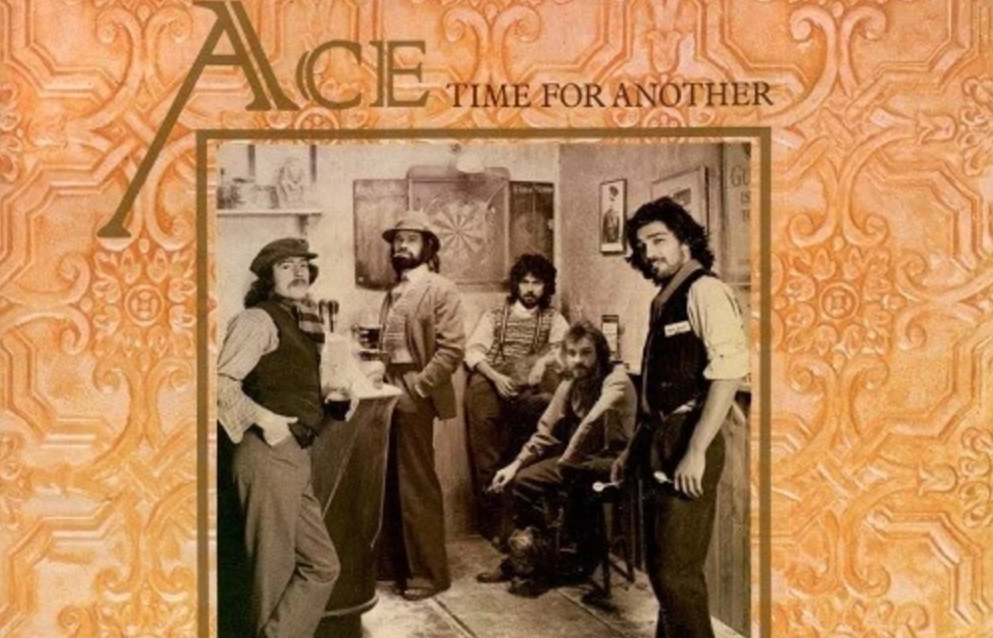
In the grand tradition of misunderstood love songs, “How Long” isn’t about romantic betrayal but band drama. Paul Carrack wrote the #3 hit after discovering bassist Terry Comer was secretly auditioning for other groups—turning musical infidelity into chart success with the efficiency of a well-tuned amplifier. The track nearly failed due to a production error that left the bass barely audible on early pressings. After Ace dissolved, Carrack embarked on one of music’s most impressive journeys through respected bands—joining Roxy Music, Squeeze, and Mike & The Mechanics. His career stands as proof that sometimes the most successful one-hit wonders are those who find sustainable careers beyond the spotlight’s glare.
14. Love Won’t Let Me Wait – Major Harris (1975)

Major Harris took his silky vocals from group success with The Delfonics to solo stardom with this sensual #5 hit. The track’s most memorable feature might be Barbara Ingram’s simulated sounds of pleasure—creating controversy while ensuring the song would be remembered for reasons beyond its smooth groove.
Harris continued performing until his passing in 2012 at 65, leaving behind a legacy that extends beyond this single track, though it remains his defining commercial moment. His career trajectory illustrates how the music industry often reduces complex artists to their most commercially successful three minutes—like judging a novel by its most quotable paragraph.
13. Poetry Man – Phoebe Snow (1975)

Snow’s jazz-inflected folk hit reached #5 while sparking endless speculation about its subject. Rumors suggested it detailed an affair with Jackson Browne, though Snow consistently denied this interpretation throughout her career—maintaining the song’s mystique like a magician protecting trade secrets.
Despite never matching “Poetry Man’s” commercial success, Snow maintained a respected career, performing with Paul Simon and Linda Ronstadt while dedicating herself to caring for her daughter Valerie. Snow’s passing in 2011 at 60 closed the chapter on an artist whose depth extended far beyond her signature hit, proving that some musicians transcend their chart positions.
12. Sky High – Jigsaw (1975)
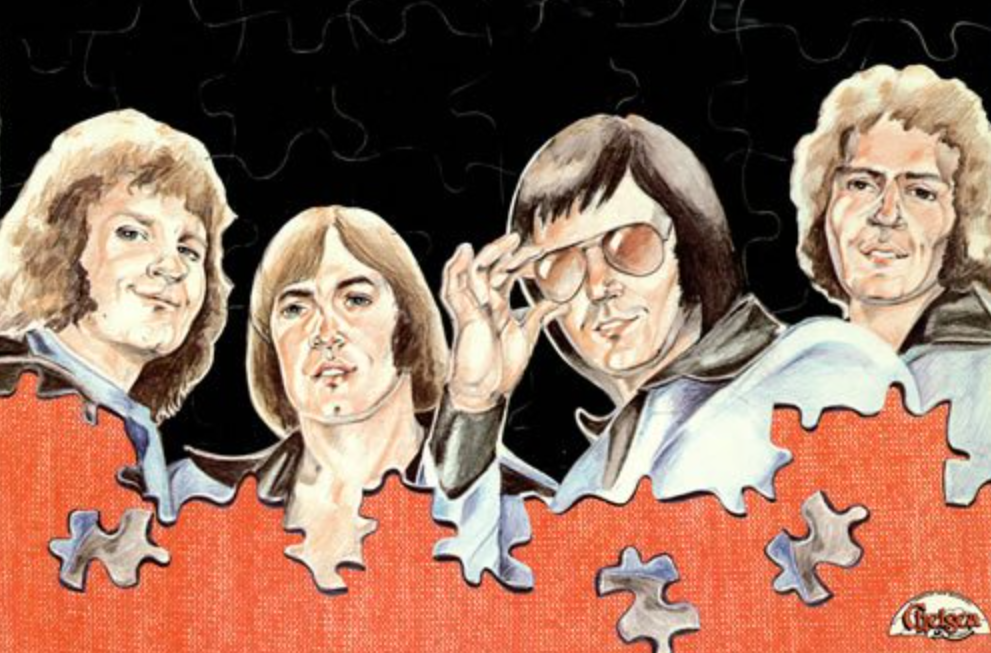
Jigsaw’s infectious “Sky High” hit #3 in America and later became a phenomenon in Japan, where it served as the theme for a popular superhero TV show. The British group released eight albums before disbanding in 1983, demonstrating that one-hit wonder status in America doesn’t always reflect an artist’s global impact.
After Jigsaw dissolved, band members transitioned into writing and producing for other artists—proving that musical careers often evolve rather than simply end when the spotlight dims. Sometimes the best revenge against being labeled a one-hit wonder is building a sustainable career doing what you love, just without the mainstream recognition.
11. Shame Shame Shame – Shirley & Company (1975)

Shirley Goodman had been out of the music business for two decades when producer Sylvia Robinson rediscovered her, resulting in this #12 disco hit that helped define the genre’s early sound. It was like finding a vintage instrument in perfect condition after years in storage.
The recording process wasn’t without tension, as Robinson maintained tight control over production. Goodman reportedly earned little from the song’s success—a familiar story in music industry exploitation that predates streaming’s pennies-per-play model. After her brief return to the spotlight, Goodman retreated to semi-retirement until her passing in 2005 at 69. Disco’s explosion in the 1970s produced a wave of unforgettable, singular hits. To revisit the best of these dancefloor anthems, check out this roundup of 15 amazing 1970s disco one hit wonders that kept parties alive across the decade.
10. Rocking Chair – Gwen McCrae (1975)

Gwen McCrae’s funky declaration of independence hit #9 during her separation from husband and fellow singer George McCrae. The lyrics reflected her real-life frustration, creating an anthem of self-sufficiency that resonated with listeners experiencing their own relationship turbulence.
Though McCrae never matched this commercial peak in America, she gained legendary status in Europe’s Northern Soul scene. Nearly 50 years later, she still performs at soul festivals, demonstrating how a single hit can launch a sustainable career when paired with the right niche audience that truly appreciates authentic artistry.
9. Dynomite – Bazuka (1975)
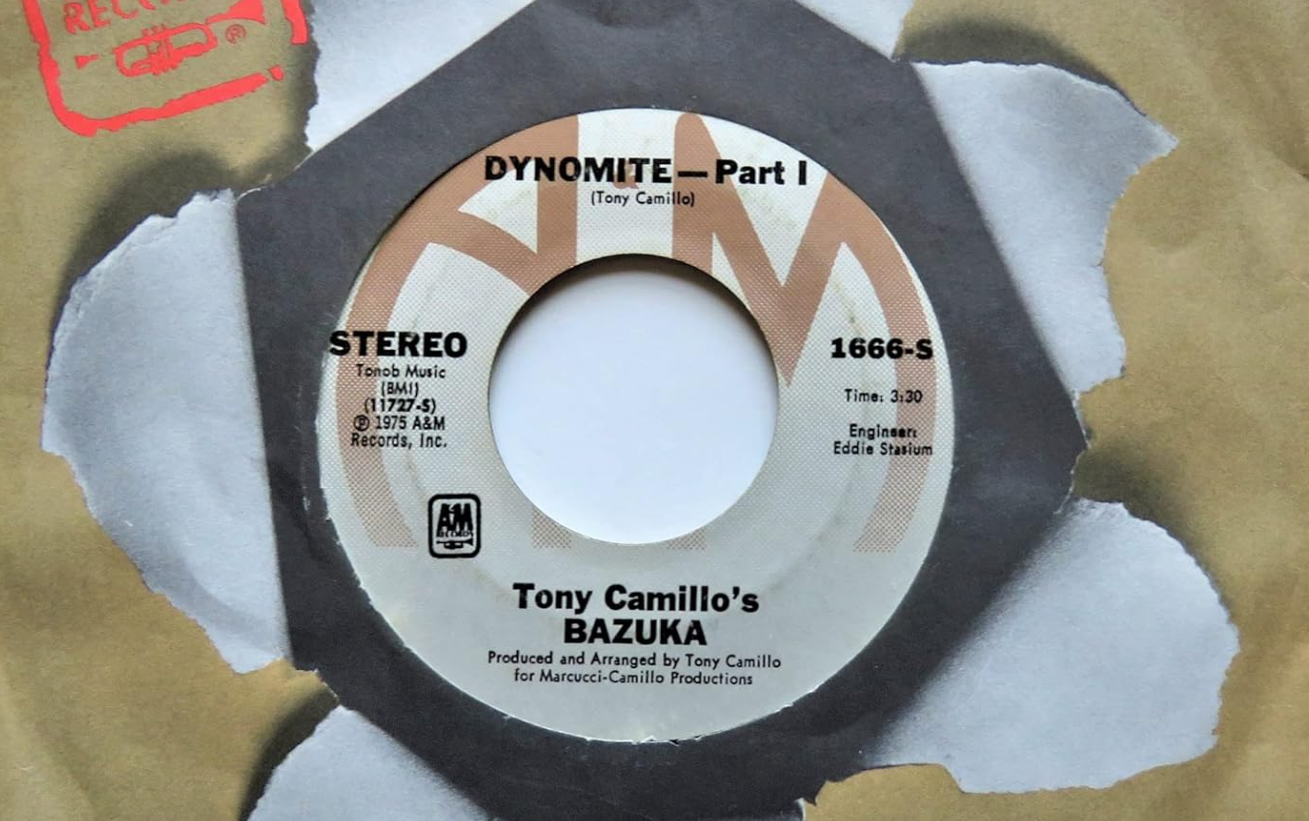
“Dynomite” rode a popular catchphrase to #10 on the charts in 1975. The song’s success was tied directly to the cultural moment—like a TikTok trend transformed into vinyl before anyone knew what TikTok was. It captured lightning in a bottle during America’s bicentennial fever.
The album flopped despite the single’s success, demonstrating the challenge of building a career on a novelty hit—because apparently the music industry’s attention span makes a goldfish look like a meditation master. Band members later moved into production, finding success behind the scenes rather than in the spotlight. Sometimes the smartest move after catching lightning is learning how to harness electricity for others.
8. Chevy Van – Sammy Johns (1975)
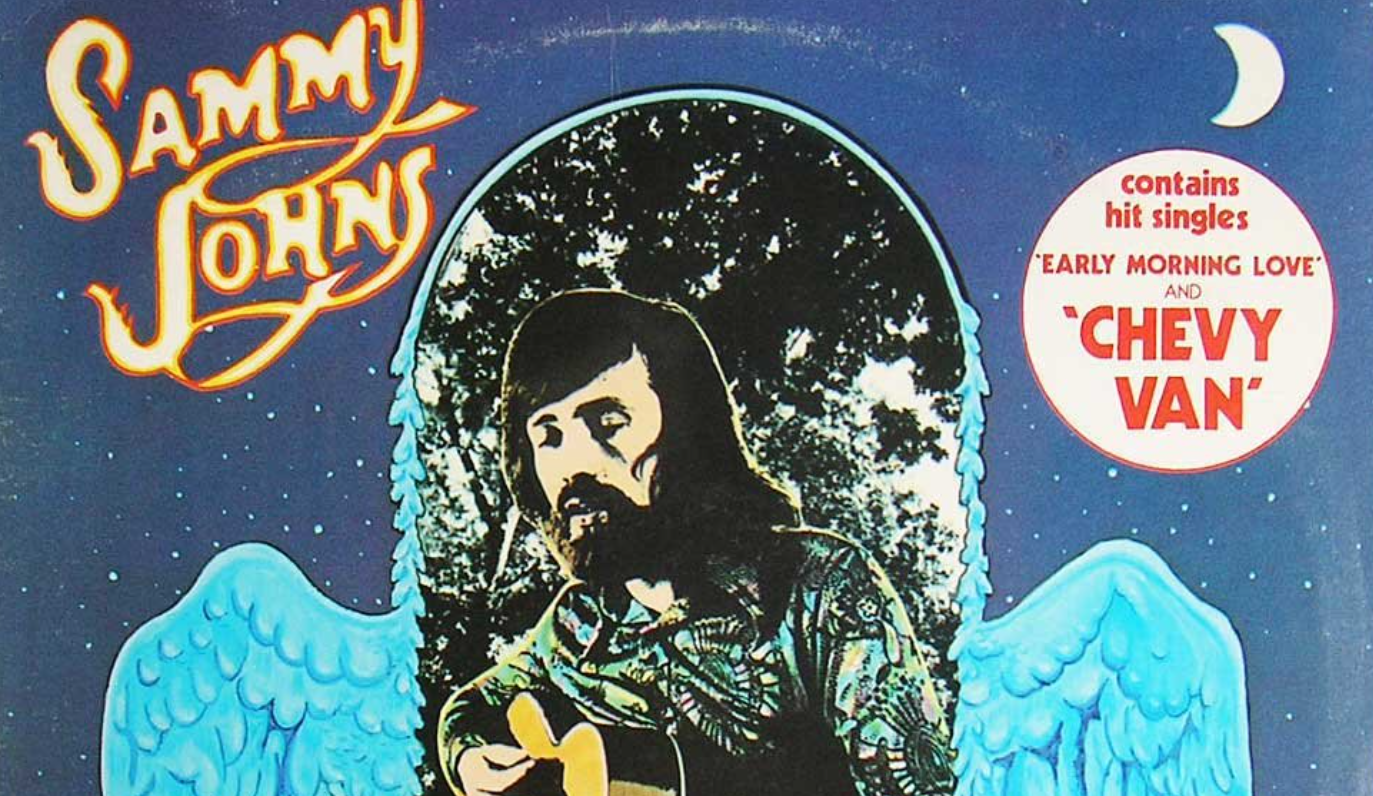
Sammy Johns’ ode to free love on wheels reached #5 while creating an unexpected marketing opportunity. The song’s explicit lyrics about a casual encounter in a Chevy van reportedly boosted van sales by 10%—making it perhaps the most successful unofficial automotive endorsement in rock history.
General Motors quietly embraced this marketing windfall while Johns continued writing songs for other artists until his death in 2013 at 66. His legacy demonstrates how a hit song can transcend music to become part of broader cultural currents—like when a song becomes so embedded in the zeitgeist that it influences actual purchasing decisions.
7. 18 with a Bullet – Pete Wingfield (1975)

Pete Wingfield’s clever wordplay turned Billboard chart terminology into a #15 hit. The title referenced the chart symbol indicating a rapidly rising song, creating a meta-commentary on the very success it was experiencing—like a song becoming self-aware of its own trajectory.
Some American radio stations banned the song due to misinterpreting the title as a reference to gun violence, inadvertently adding to its mystique. Wingfield later achieved success as a producer and session musician, demonstrating the multiple paths available to those with musical talent who understand that hit records are just one way to make a living in music.
6. Up in a Puff of Smoke – Polly Brown (1975)

Brown’s disco hit reached #16 despite her reportedly disliking the song and having arguments with producers. The track became a staple in discotheques and topped charts across Europe, showing how artist sentiment doesn’t always align with commercial success—like actors who become famous for roles they never wanted.
Brown continued recording in Europe after her American moment passed. Co-producer Jerry Shury’s death in a plane crash added a tragic footnote to the song’s history. Nearly five decades later, the track remains a cultural artifact of disco’s commercial explosion, preserved in amber like a perfectly timed snapshot.
5. Brandy (You’re a Fine Girl) – Looking Glass (1972)

This nautical narrative shot to #1 in 1972, telling the story of a port-town barmaid and the sailor who couldn’t commit. Elliot Lurie wrote it in his Rutgers University dorm about his girlfriend Randy, changing the name to make it more fitting for the period setting.
While their follow-up single peaked at #33, it never matched their debut’s success. The band reportedly received minimal compensation due to recording contracts that heavily favored labels—a reminder that the music industry’s structural inequities have deep historical roots that predate the streaming era’s artist compensation battles.
4. Me and Mrs. Jones – Billy Paul (1972)
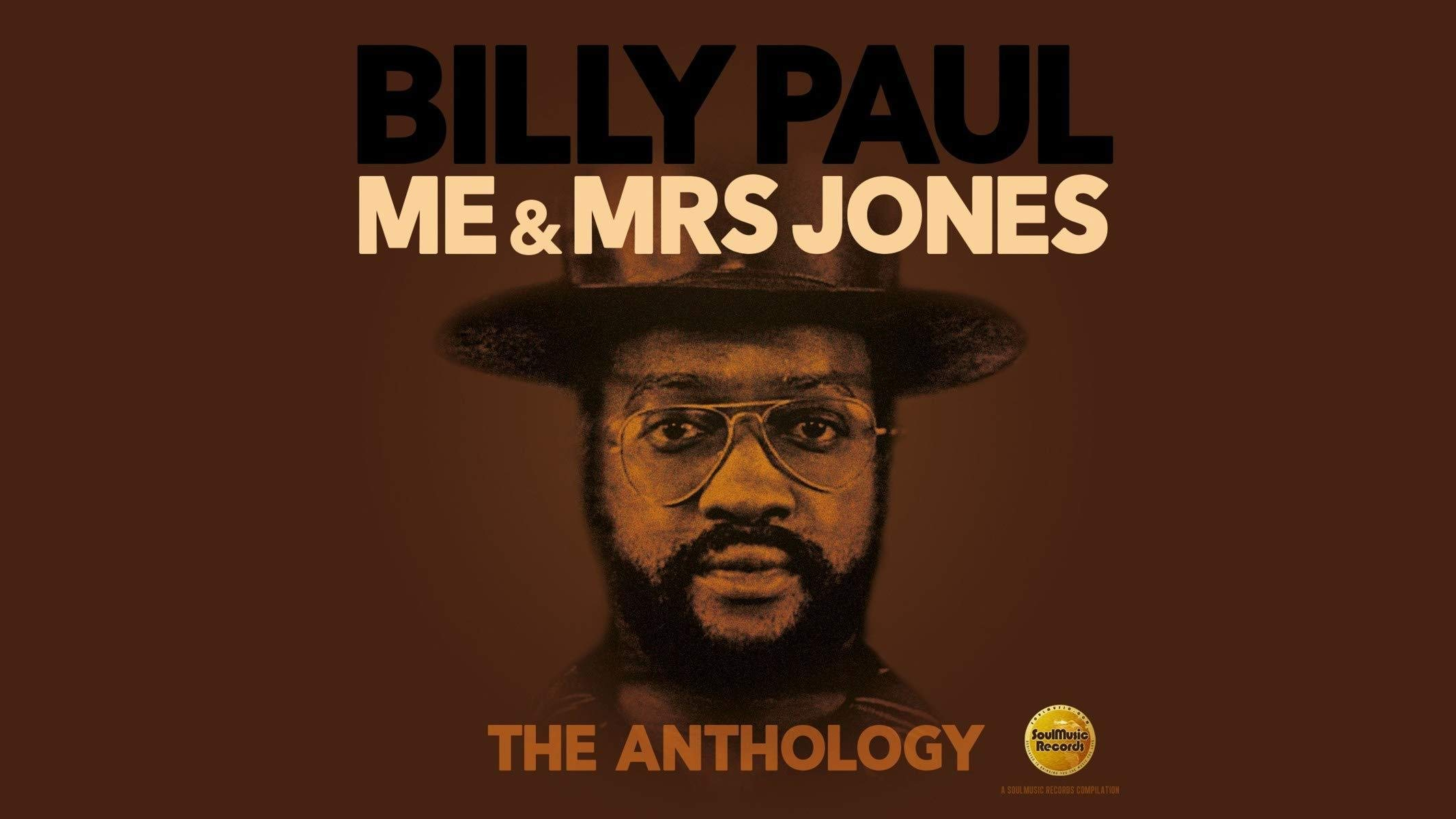
Billy Paul’s soulful confession about an extramarital affair topped charts for three weeks and earned him a Grammy. At 38, Paul initially resisted recording a song about infidelity, but his jazz-infused delivery transformed potentially tawdry material into sophisticated adult storytelling.
His follow-up single “Am I Black Enough for You” proved too politically charged for mainstream audiences who had embraced the safer narrative of forbidden love. Paul continued performing throughout his life, and his signature track has been sampled by numerous hip-hop artists, creating a legacy that spans generations like a musical family tree.
3. Cars – Gary Numan (1979)
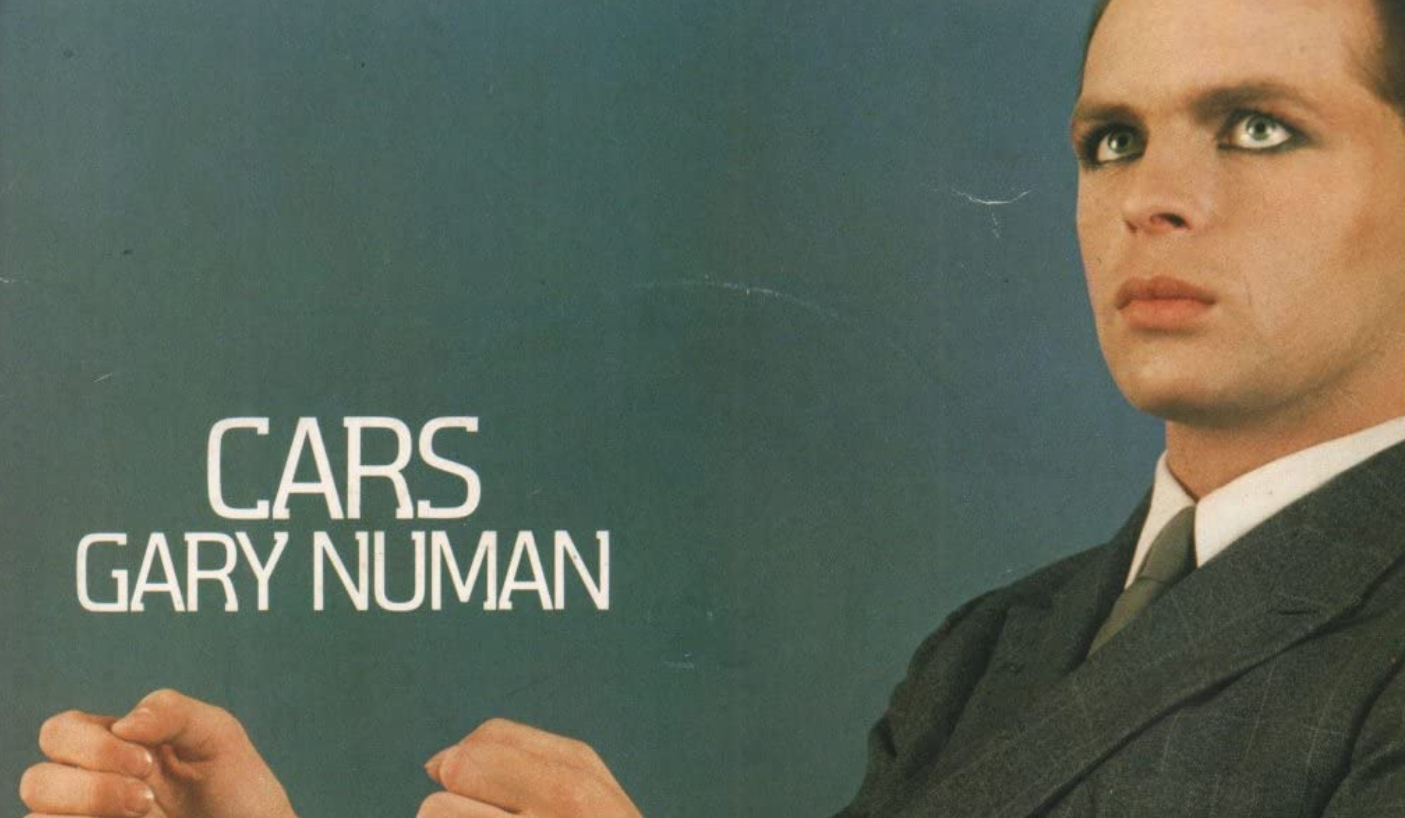
Gary Numan’s robotic anthem about technological isolation hit #9 in America in 1979. Written in under 10 minutes after being threatened by an aggressive driver, the song captured the emerging digital alienation that would define the coming decades—like a crystal ball disguised as a synthesizer.
While Numan scored only one major American hit, he maintained success in the UK throughout the 1980s before experiencing a revival in the 1990s as artists from Nine Inch Nails to Marilyn Manson cited his influence. His career demonstrates how artistic innovation often finds its audience across extended timeframes rather than immediate commercial peaks.
2. Seasons in the Sun – Terry Jacks (1974)
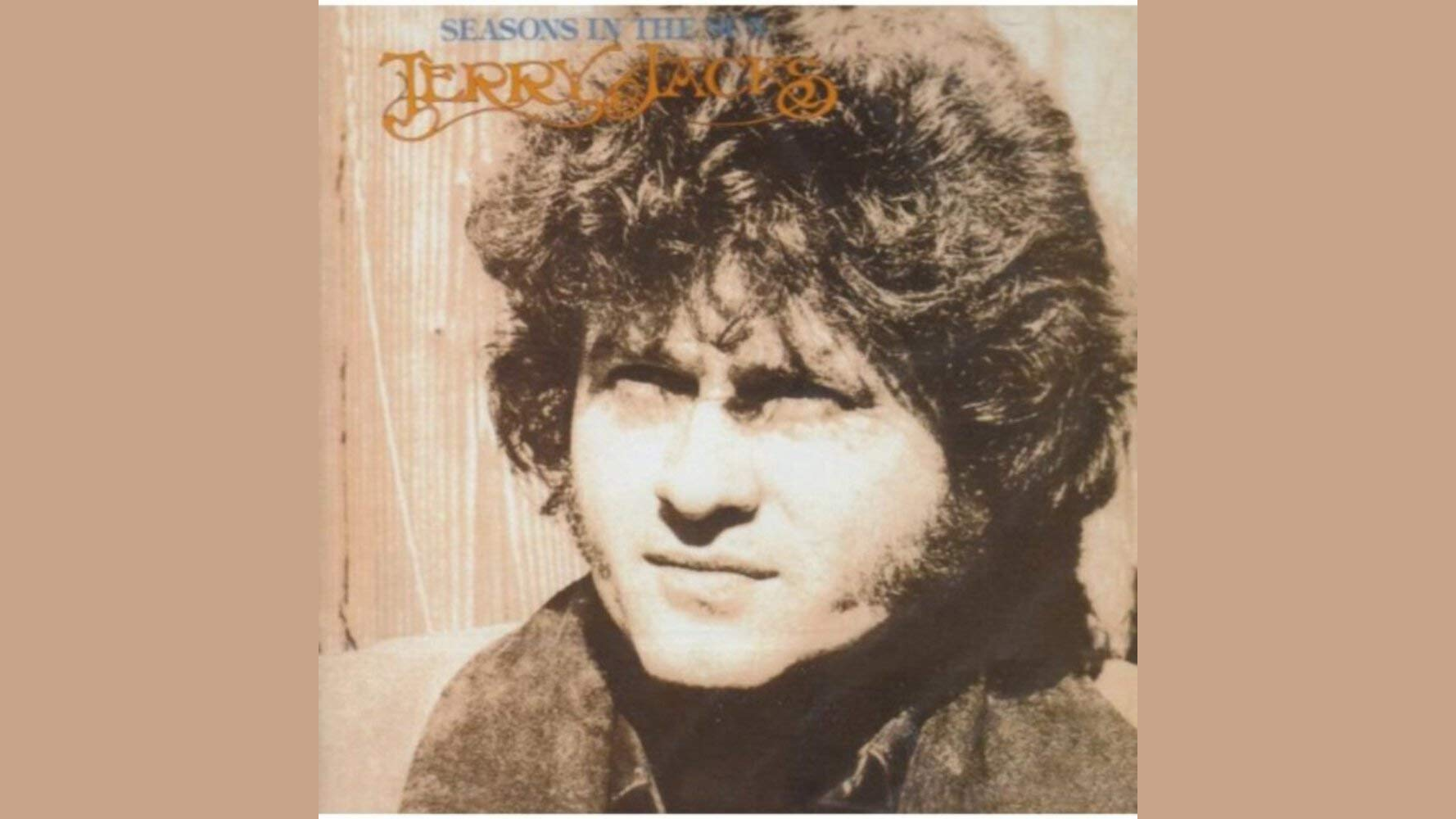
Terry Jacks’ melancholy goodbye reached #1 for three weeks in 1974, selling over 10 million copies worldwide. Jacks first encountered the song when the Beach Boys asked him to produce their version, ultimately deciding to record it himself after they abandoned the project.
After his massive success, Jacks largely walked away from the music industry, becoming an environmental activist and documentary producer. His career pivot shows how some artists view commercial success as a means to enable other passions rather than an end in itself—choosing purpose over profit when given the financial freedom to do so.
1. Kung Fu Fighting – Carl Douglas (1974)

Few songs capture a cultural moment like Douglas’ ode to martial arts, which sold over 11 million copies worldwide. After struggling as a soul singer, Douglas found unexpected success with this track, recorded in just 10 minutes with improvised lyrics and completed in two takes.
Record executives flipped what was intended as a B-side, demonstrating the often accidental nature of hit-making. Douglas’ follow-up attempts stalled at #48, illustrating the challenge of replicating unexpected success. The song remains a cultural touchstone—like a musical time capsule containing the exact moment when Bruce Lee’s influence fully penetrated Western pop culture. Sometimes, all it takes is one perfect storm: production, performance, and cultural context aligning for a brief, unforgettable moment—just look at the biggest one-hit wonders from 1976 that show how quickly the spotlight can pass.





















